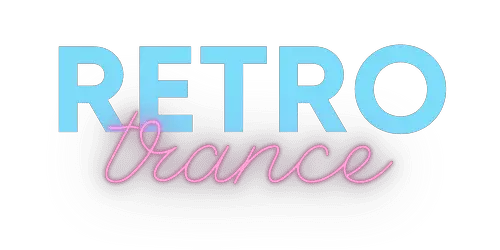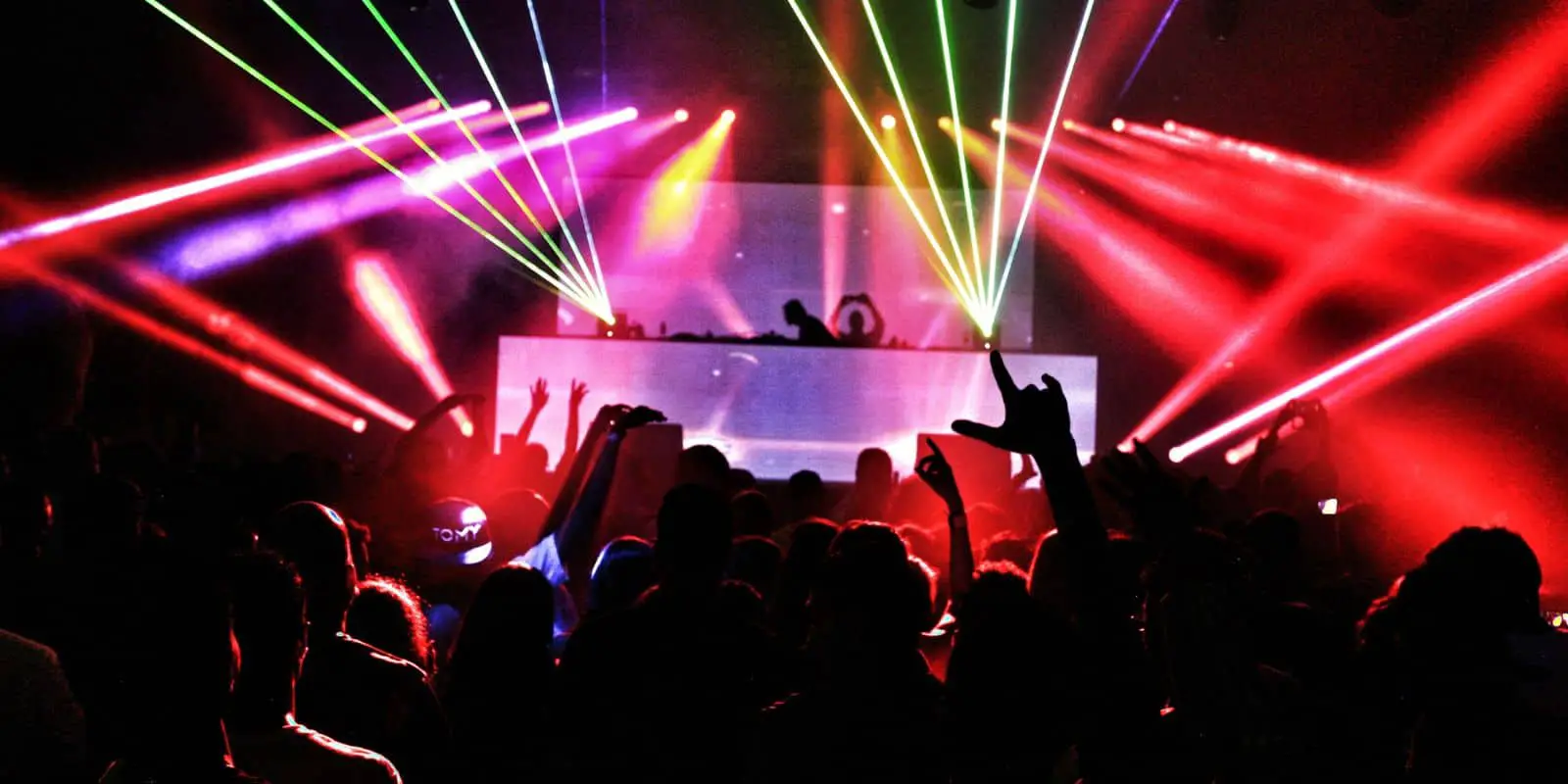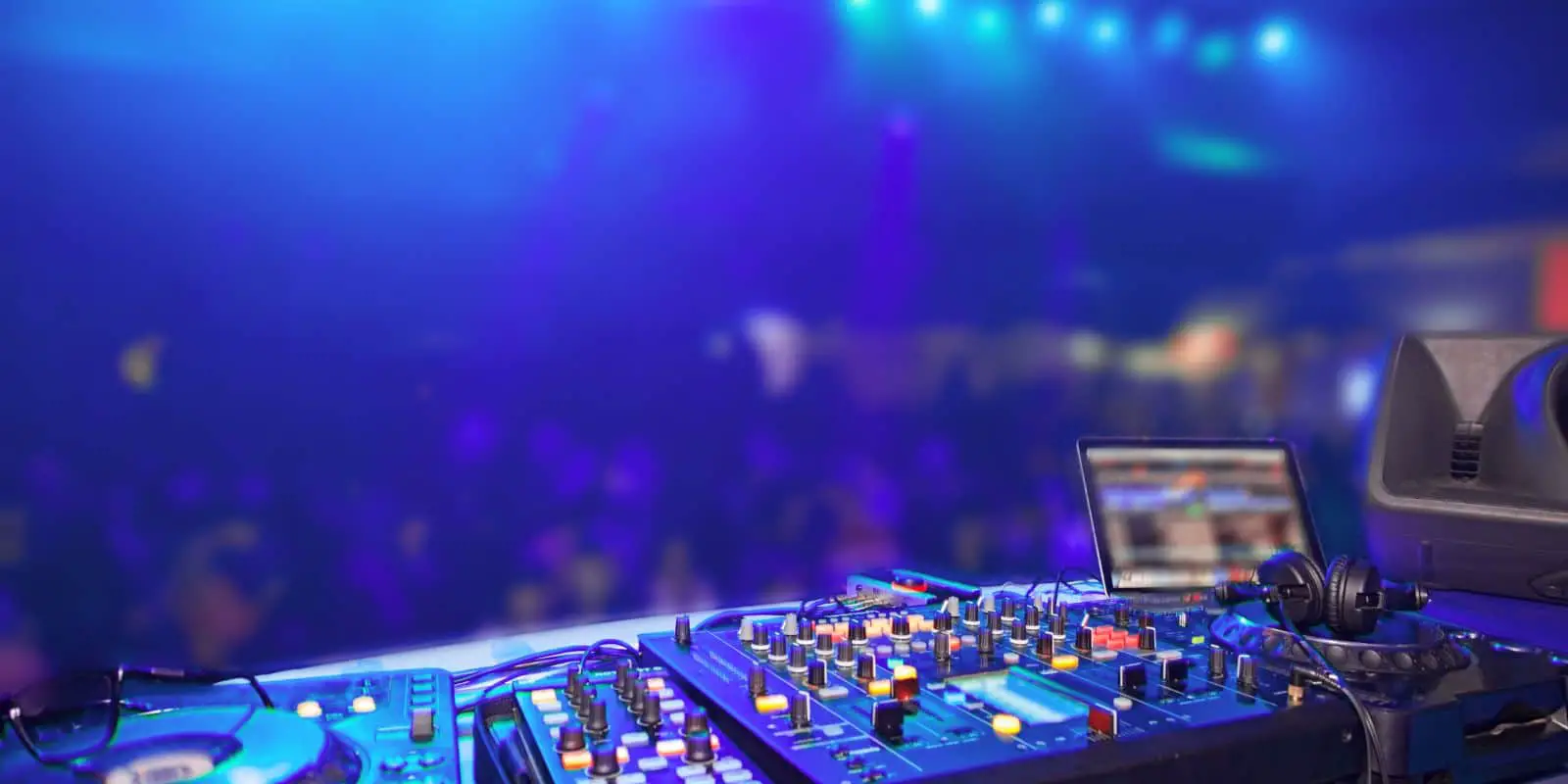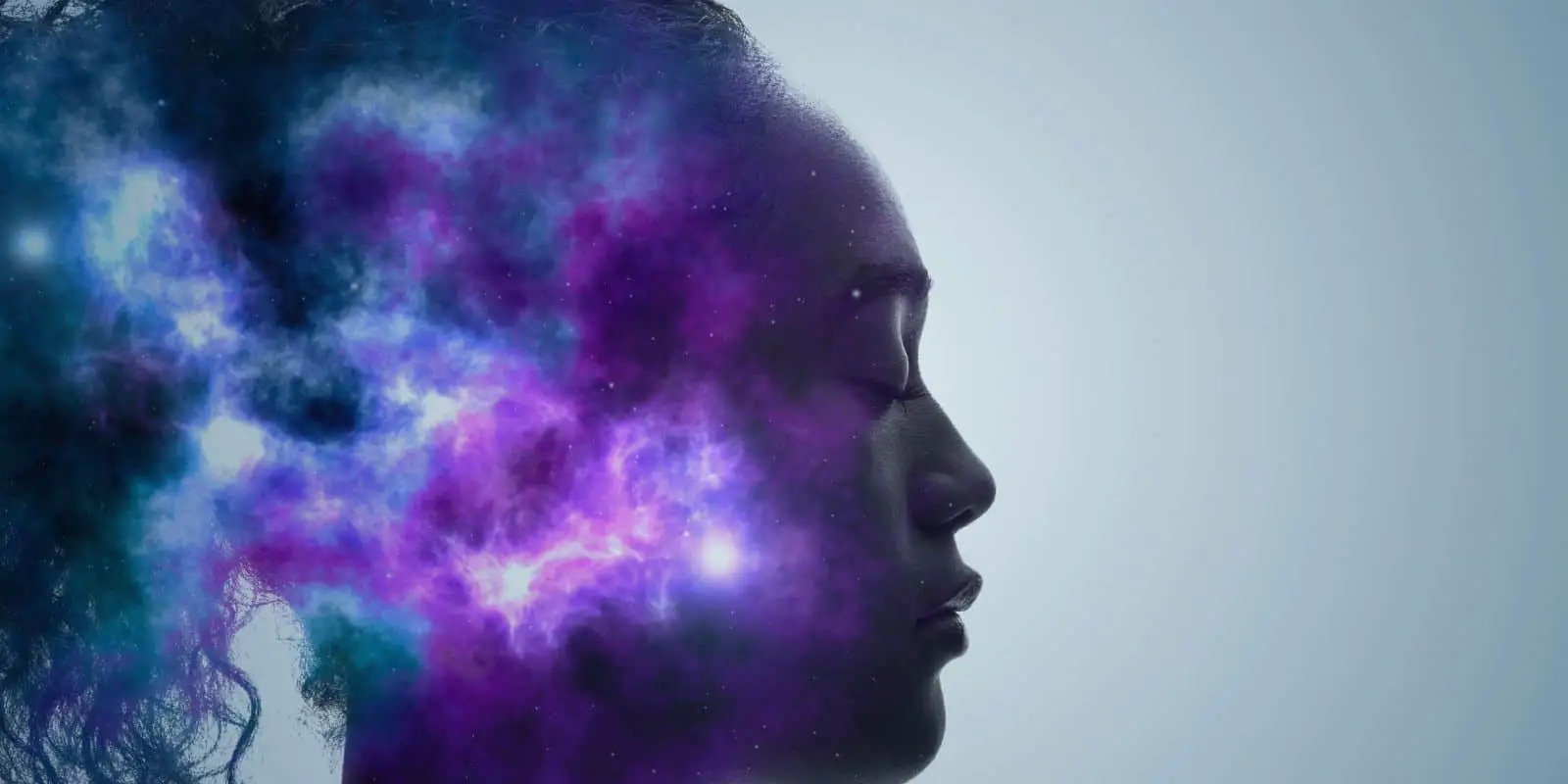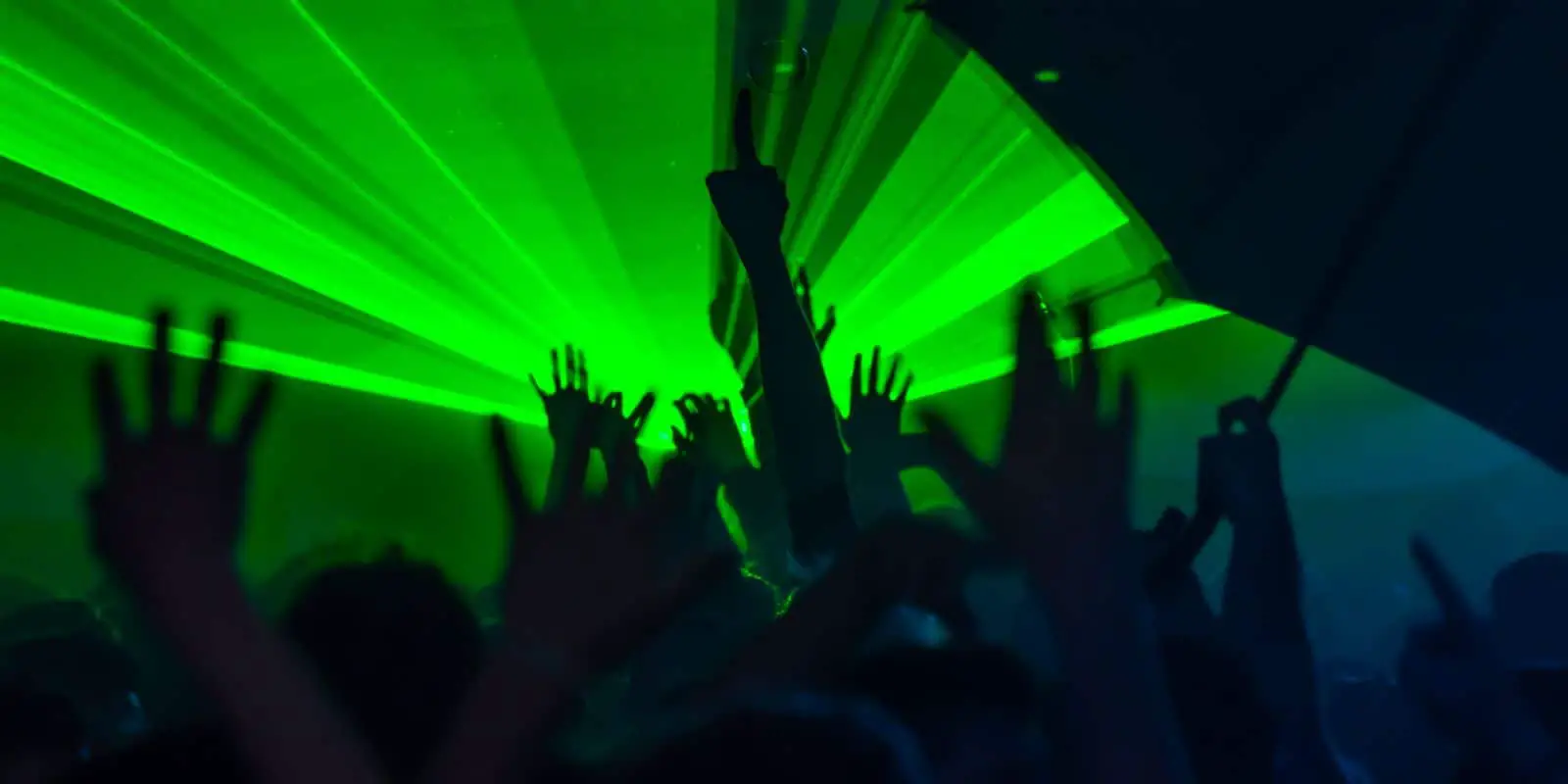Trance music has been around for over three decades now. It first emerged in the early 1990s as a subgenre of electronic dance music (EDM). Since then, it has gone through several transformations, from its early days of Goa trance to the more modern progressive and uplifting trance. But the question remains, is trance still popular?
Well, the answer is not a straightforward one. Trance music has had its ups and downs over the years. At its peak, it was one of the most popular genres of EDM, with massive festivals and events dedicated solely to it. However, in recent years, it has taken a back seat to other genres like techno, house, and bass music. Despite this, trance still has a loyal following, with many die-hard fans who continue to support the genre.
Current State of Trance Music
Trance music has been around for decades, and it has gone through many changes over the years. Today, it remains a popular genre of electronic dance music (EDM) and has a dedicated following of fans around the world.
One of the most significant changes to the trance music scene in recent years has been the rise of sub-genres. Trance has always had different sub-genres, but now there are more than ever before. Some of the most popular sub-genres include progressive trance, uplifting trance, and psytrance.
Another change to the trance music scene has been the shift in focus from traditional trance to more modern and experimental sounds. While traditional trance remains popular, many artists are exploring new sounds and incorporating elements from other genres into their music.
Despite these changes, trance music remains a popular genre with a dedicated following of fans. Many of the biggest names in trance music continue to tour and release new music, and there are numerous festivals and events dedicated to the genre.
One reason for the continued popularity of trance music is its ability to evoke strong emotions in listeners. Trance music is often characterized by its uplifting and euphoric sound, and many fans report feeling a sense of connection and unity when listening to it.
Overall, the current state of trance music is one of diversity and experimentation. While traditional trance remains popular, there are many new sounds and sub-genres emerging, and the genre continues to evolve and grow.
Factors Affecting the Popularity of Trance Music
Trance music has been around for decades and has gone through various changes in popularity. While it was once a dominant genre in the electronic dance music scene, it has since experienced a decline in popularity. Here are some factors that have affected the popularity of trance music:
- Competition from other genres: Trance music faces stiff competition from other genres such as house, techno, and dubstep. These genres have gained popularity in recent years and have drawn audiences away from trance music.
- Lack of innovation: Some critics argue that trance music has become too formulaic and repetitive, lacking the innovation and creativity that characterized the genre in its early days. This has led to a decline in interest from fans and a lack of new listeners.
- Changing tastes: As with any genre, the tastes of audiences change over time. What was once popular may no longer be in vogue. Trance music may have lost its appeal to a generation of music fans who prefer different sounds and styles.
- Limited commercial success: While trance music has a dedicated fan base, it has struggled to achieve mainstream commercial success. This has limited its exposure to new audiences and made it less visible in the music industry.
Despite these challenges, trance music continues to have a loyal following. Its unique sound and emotional resonance still resonate with many fans. While it may not be as popular as it once was, it remains an important part of the electronic dance music scene.
The Evolution of Trance Music
Trance music has come a long way since its inception in the early 1990s. Over the years, the genre has evolved and diversified, incorporating elements from other musical styles and subgenres. In this section, we will take a brief look at the evolution of trance music.
Early Days of Trance Music
The early days of trance music were characterized by a focus on melody, harmony, and repetition. The genre was heavily influenced by techno, house, and ambient music. Trance music was often described as otherworldly and sense-awakening, with a focus on creating hypnotic and trance-like states in listeners.
Trance Music in the 2000s
In the 2000s, trance music became more mainstream, with the rise of DJs like Armin van Buuren and Paul van Dyk. Trance music festivals and events became more popular, drawing large crowds from around the world. The sound of trance music also diversified, with the emergence of subgenres like progressive trance, uplifting trance, and vocal trance.
Trance Music Today
Today, trance music continues to evolve and diversify. The genre has incorporated elements from other styles like pop, classical music, and film music. Trance music festivals and events continue to draw large crowds, and the genre remains popular among fans of electronic dance music.
Overall, the evolution of trance music has been marked by a focus on melody, harmony, and repetition, as well as a willingness to incorporate elements from other musical styles and subgenres. While the genre has changed over the years, it remains popular among fans of electronic dance music, and continues to evolve and diversify.
Trance Music in the Mainstream
Trance music has always had a dedicated fan base, but has it ever really made it into the mainstream? While it may not be dominating the charts or radio airwaves, there have been some notable moments where trance music has broken through to wider audiences.
One of the most famous examples is the 1995 hit “Children” by Robert Miles. The song became a massive international success, reaching the top 10 in multiple countries and earning Miles a Brit Award for Best Dance Act. Its haunting melody and uplifting energy made it an instant classic, and it remains a beloved trance anthem to this day.
Another example is the 1999 track “Better Off Alone” by Alice Deejay. Although it may not have been marketed as trance at the time, the song’s driving beat and soaring vocals are textbook examples of the genre. It became a massive hit in Europe and the US, reaching the top 10 in multiple countries and even making an appearance in a popular episode of the TV show “Friends.”
More recently, trance has had some success in the festival circuit. Events like Tomorrowland and Ultra Music Festival regularly feature trance artists on their lineups, and some of the biggest names in the genre, like Armin van Buuren and Above & Beyond, have headlined major festivals around the world.
Despite these moments of mainstream success, trance remains a niche genre with a devoted but relatively small following. However, its enduring popularity among fans and its ability to create powerful emotional experiences mean that it will likely continue to be an important part of the electronic music landscape for years to come.
Trance Music in the Underground Scene
Trance music has been around for decades, and it has gone through many changes over the years. While it may not be as popular as it once was, it still has a dedicated following in the underground scene. In this section, we will explore how trance music has evolved and what makes it so appealing to its fans.
One of the reasons why trance music is still popular in the underground scene is that it offers a unique listening experience. Trance music is known for its hypnotic beats and melodic soundscapes that can transport listeners to another world. It’s a genre that’s all about the journey, and fans of trance music appreciate the emotional and spiritual journey that it takes them on.
Another reason why trance music is still popular in the underground scene is that it’s a genre that’s always evolving. Trance music has gone through many changes over the years, from the early days of acid trance to the more recent sounds of progressive trance. There are always new sub-genres and styles emerging, which keeps the genre fresh and exciting.
Trance music is also popular in the underground scene because it’s a genre that’s all about community. Trance fans are a passionate and dedicated group of people who come together to celebrate their love of the music. Whether it’s at a small club or a massive festival, trance music brings people together and creates a sense of unity and belonging.
In conclusion, while trance music may not be as popular as it once was, it still has a dedicated following in the underground scene. Trance music offers a unique listening experience, is always evolving, and brings people together. If you haven’t explored the world of trance music yet, we encourage you to give it a try and see what all the fuss is about.
